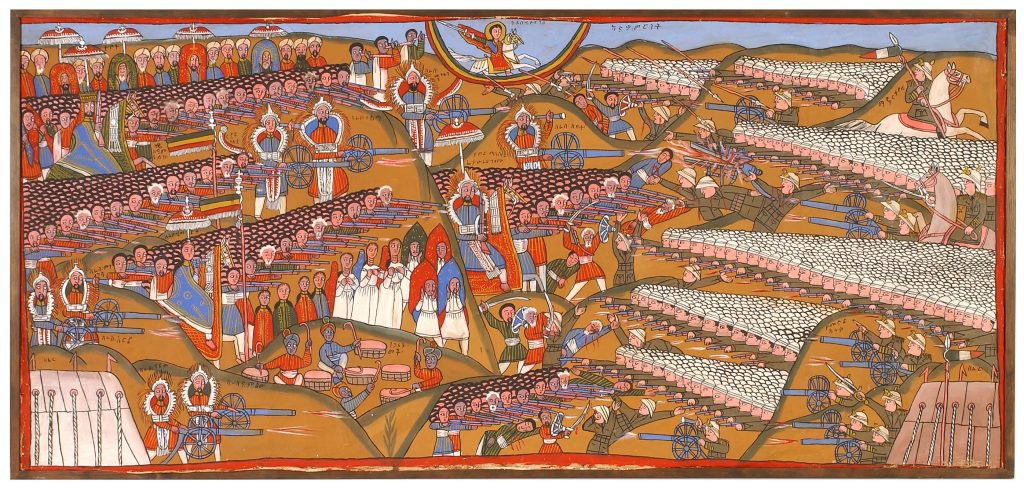Challenge view
Back to ProjectRa - the world's oldest sundial
Bringing the 3200 year old timepiece from Egypt's Valley of the Kings to life again.
In 2013, archaeologists from the University of Basel conducting excavations in Egypt's Valley of the Kings unearthed a limestone tile (a so-called ostracon). Initially unremarkable, this piece of rock revealed its historical significance as one of the world's oldest sundials, dating back to the 13th century BC. The sundial features a central hole for a gnomon (a rod made of wood, bronze or lead) allowing it to cast a shadow, and fan-shaped lines rendered in black pigments onto the limestone surface.
"Ra" was developed to bring this 3200 year old artifact to life. The project showcases the sundial's functionality, as a shadow moves across its surface to indicate the time. Numerals from 6 AM to 6 PM denote the hours. View (simulation, ostracon front, ostracon back), shadow and dial (original, equinox, winter solstice, summer solstice, today) as well as the numerals (Egyptian, Greek, Roman, eastern Arabic, Arabic) can be toggled by means of hieroglyph buttons. All astronomical modes have been calculated for a latitude of 25.5° (Luxor).

Sources
- Universität Basel: Eine der ältesten Sonnenuhren der Welt im Tal der Könige ausgegraben
- Susanne Bickel, Rita Gautschy (2014): Eine ramessidische Sonnenuhr im Tal der Könige, S. 3ff.
- Larisa N. Vodolazhskaya (2014): Reconstruction of Ancient Egyptian Sundials, S. 2ff.
Logo
- Wikimedia Commons: The Eye of Ra
- Myriam Frisano: ½ a px
Media
- Wikimedia Commons: Ancient Egyptian sundial
- Noto Sans Egyptian Hieroglyphs
Credits
- Photos: Matjaz Kacicnik, University of Basel, Department of Ancient Civilizations, Kings' Valley Project

